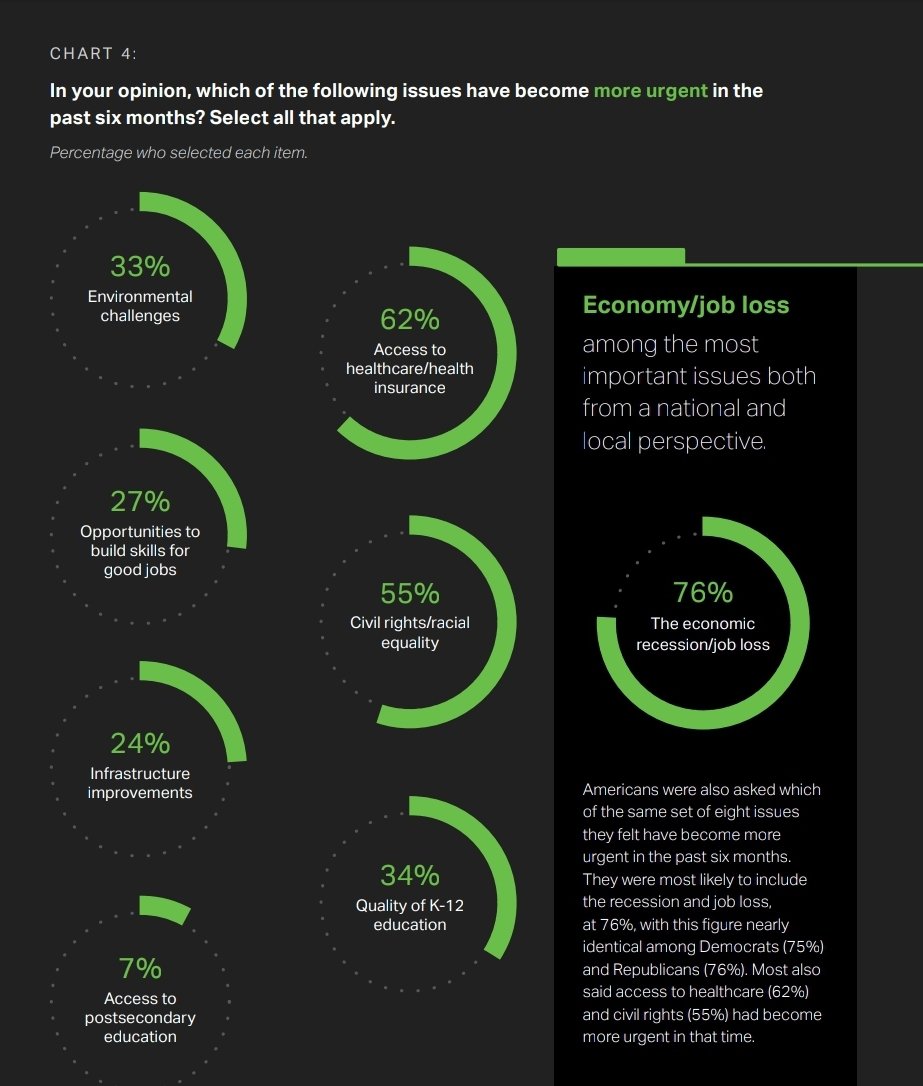
There was a recent exchange on whether MMT prescribes a certain size deficit. As @KarlWiderquist argues here, the answer is no. But I would go even further.
MMT does not prescribe or aim to estimate a specific size of 'desirable' govt deficit for several reasons.
🧵
MMT does not prescribe or aim to estimate a specific size of 'desirable' govt deficit for several reasons.
🧵
https://twitter.com/KarlWiderquist/status/1380870037775527937
The deficit is not under govt's control. Govt can appropriate budgets, but cannot control actual spending. Some line items are automatic. Govt can set tax rates, but cannot control size of tax collections. They are endogenously determined by changing incomes, profits, etc.
Deficit are countercyclical and must change with conditions. Goal is to design effective automatic stabilizers, not hit a specific deficit size in any given accounting period.
Deficits reflect other factors beyond the public sector's control (e.g., domestic non-govt or foreign sector net saving).
Even if we could estimate/forecast saving desires, should govt policy accommodate them?
Even if we could estimate/forecast saving desires, should govt policy accommodate them?
Well it depends. The saving desires of the well-off in an economy of runaway inequality? No.
Supporting financial asset creation & growth for those at the bottom of the distribution? Yes.
This too is contingent on context/need/institutional structure.
Supporting financial asset creation & growth for those at the bottom of the distribution? Yes.
This too is contingent on context/need/institutional structure.
What if net saving is 'too low'. Full employment, high incomes, strong spending, rising inflation, a la postwar era? Then govt will need to reduce its own contribution to the economy AND encourage high saving/deferred spending schemes in the private sector.
Clearly austerity has meant cutting overall spending and cutting it in the wrong places. So while a strong case can be made for much bigger government spending, and we can estimate what the economy can accommodate in terms of real resources, there is no magic number.
I'd also argue that, if fiscal policy had a 'bottom up' design, with very robust spending on specific dimensions of economic insecurity, we would have gotten profoundly different/better results for any given size of deficit we have seen in recent past.
MMT insists we pursue a nuanced analysis that focuses on where/how policy should direct spending, not estimate 'appropriate size' of deficit. As we've always said, accounting ratios are NOT an appropriate policy objective.
While recent discussions have correctly shifted the focus from size of the deficit to inflation effect of spending (in large part thanks to MMT), I'd urge us to also look at the distributional effects of govt spending. That too is a litmus test for policy effectiveness. /end
• • •
Missing some Tweet in this thread? You can try to
force a refresh







